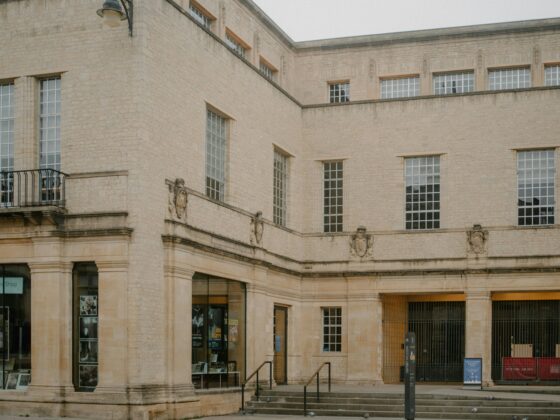
The U.S. hotel market at the end of the first quarter of 2024 was operationally sound. Driven by robust average-daily-rate growth and limited new supply entering the market, national revenue per available room (RevPAR) of $90.03 was up 0.2% over Q1 2023 and 13.2% over Q1 2019. Most of the U.S. hotel submarkets markets performed well—U.S. resort markets have continued to perform strong while urban markets have seen accelerating RevPAR growth as business, group and foreign travel returns.
Despite strong operating fundamentals, investment sales activity remains muted due to the current interest rate environment. Total transaction volume of $3.8 billion in Q1 2024 was down 35.3% from Q1 2023 and 33.3% down from Q1 2019. Looking forward, the combination of loan maturities, deferred CapEx, private equity fund life expirations, an acceptance of higher for longer interest rates and significant dry powder from buyers should spur investment sales activity.
The good news for current hotel owners and for the future hotel buyers and sellers is that the hotel debt capital markets have been very liquid over the past 18 months and that liquidity will remain readily available going forward.
As for loan pricing over this period, spreads have been wider than the pre-Covid benchmarks, but there has been a gradual tightening that has occurred over the past six months. Going forward, moderate tightening is expected to continue during the remainder of 2024 as lenders compete to originate quality loans.
Lastly, underwriting standards remain consistent. A stabilized hotel debt yield in today’s market is 11.5% to 12.0%. While it is possible to originate loans with debt yields below the 11.5% to 12.0%, lender’s underwriting assumptions on a value-add project will need to support the aforementioned debt yields during the loan term.
The majority of hotel debt available has been floating rate debt for cash flowing assets. For loans under $150 million, the key players in the hotel debt markets over the past 18 months and going forward have been private capital investors. Debt funds and private equity investors have been the most active investors, followed by select money-center banks and insurance companies. The commercial banks, which were historically the largest source of hotel debt, remain selectively active with their best customers.
For larger transactions, defined as $200 million and greater, the single asset, single borrower (SASB) CMBS market has and will remain the primary source of capital. Over the past twelve months, there have been 25 SASB CMBS loans that have closed with aggregate proceeds totaling $12.5 billion.
For fixed-rate financing, the conduit CMBS markets remain the primary debt provider. The growing prevalence of five-year, fixed-rate conduit CMBS in 2024 has been the key driver for borrowers. Underwriting standards for CMBS loans are consistent with floating-rate-loan underwriting standards and the best execution from a pricing perspective is available for loans with a 12.0% in-place debt yield.
The one segment of the hotel debt capital markets that remains challenging is the construction lending market. The negative sentiment and lack of capital is directly correlated to current market fundamentals. At present, the cost to construct a new stand-alone hotel, on a per-key basis, is significantly higher than the current market value of cash flowing hotels. As a result, lenders have been generally unwilling to entertain new ground-up construction projects.
Lastly, the hotel debt capital markets have seen a growing interest from new investors looking to provide short-term rescue capital to existing owners who do not want to sell and are facing an impending loan maturity that cannot be refinanced on a cash-neutral basis. These investments, which are typically structured as preferred equity, can provide breathing room for current owners, albeit at a significant cost. Investor return assumptions are typically quoted in a narrow range from 17% to 20% IRRs at a last-dollar basis between 75-80% as-is LTV. Given the expected return threshold, there have been a limited number of successful transactions to date.
Except for the SASB CMBS market, hotel debt lending volumes to date have not met the investor demand level and there is a significant amount of dry powder waiting to be put to use. As a result, both current and future hotel owners can obtain debt financing on high-quality and moderately leveraged cash-flowing hotels for the rest of 2024 and into 2025.
Perspective piece contributed by Mark Fisher, managing director, JLL Hotels and Hospitality Group.








